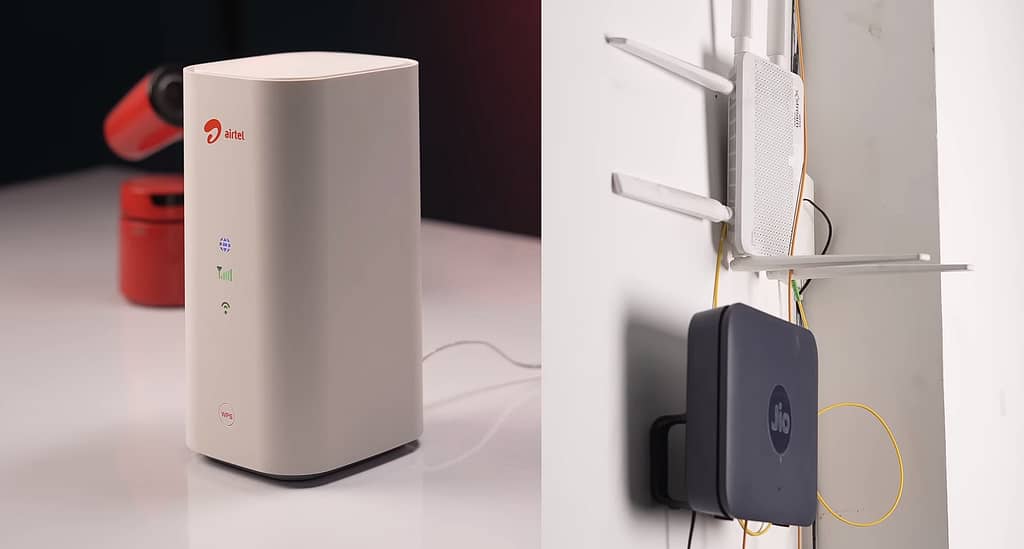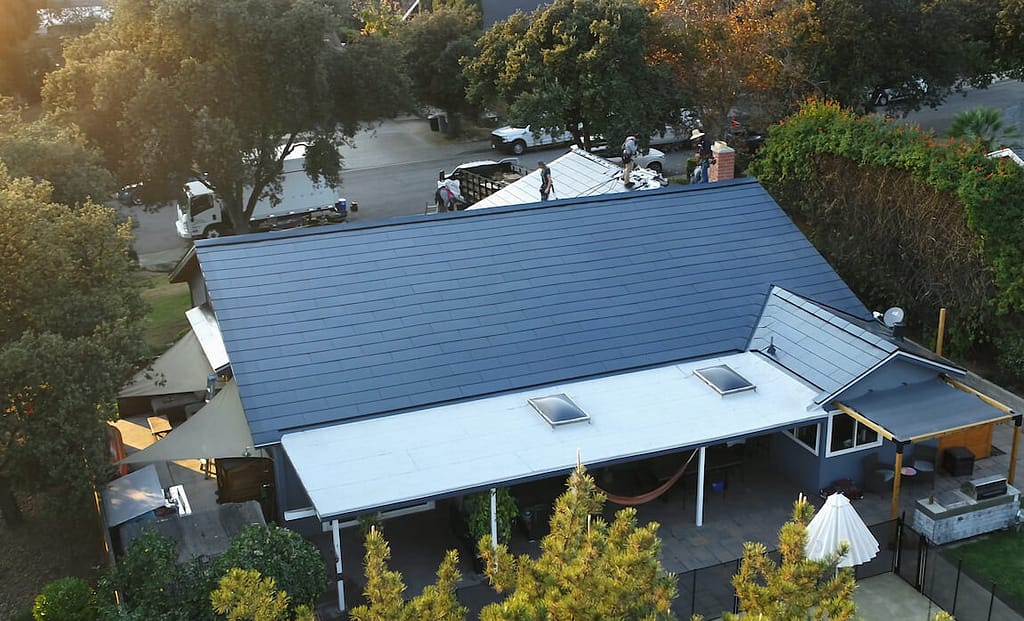In recent years, the demand for high-speed internet connectivity has soared, and with it, the need for innovative solutions to bring broadband to areas that have traditionally been underserved. The Airtel AirFiber takes center stage as a potential game-changer in India’s internet landscape. This article explores Airtel AirFiber’s features, performance, and its role in expanding internet access in India.
The Airtel AirFiber is positioned as a solution to provide fiber-grade internet speeds to areas that lack access to traditional fiber connections. The video transcript begins by highlighting the device’s role in addressing connectivity gaps, even in urban areas like Noida, where certain localities still await fiber connectivity.
Design and Features
The AirFiber device is compact and sports a sleek tower-like design with a minimalistic white finish. Its portability and aesthetics are commendable, making it easy to integrate into any setting. LED indicators on the front display critical information such as internet status and network bars. Notably, it is free from the clutter of wires that often accompany traditional fiber connections, offering flexibility in installation.
One of the critical aspects of the Airtel AirFiber is its performance. The device currently offers a 100Mbps plan with a monthly data cap of 3.3TB. Utilizing Airtel’s 5G network, the AirFiber delivers impressive speeds, with tests consistently showing over 100Mbps across multiple devices. While it may not match the speeds of home fiber connections or smartphone 5G, it certainly caters to its intended audience.
Affordability plays a significant role in the success of any connectivity solution. The video mentions a security deposit of ₹2,500 for the device and a single plan option priced at ₹799 per month for 100Mbps speeds, available on a 6-month subscription basis. This pricing aligns with traditional fiber plans, making it a competitive choice.
One unique feature of the Airtel AirFiber is its WiFi 6 capability. WiFi 6 is known for its extended range compared to WiFi 5, and this feature proved handy during testing. The device’s ability to provide connectivity even across multiple floors and streets away is commendable. While WiFi extenders are available, the built-in WiFi 6 eliminates the need for additional expenditures. Going beyond the speeds of WiFi 6E, WiFi 7 even surpasses many wired connections. With double the bandwidth, the brilliance of 4K visuals, twice the spatial streams, and a staggering maximum theoretical throughput of up to 30 gigabits per second, WiFi 7 stands as a remarkable advancement.
Despite its promising features, there is a significant caveat. The Airtel AirFiber’s performance heavily depends on the availability and strength of Airtel’s 5G network. In areas without a robust 5G network, the device’s performance can fluctuate, with speeds significantly lower than the advertised 100Mbps. This limitation raises questions about its effectiveness in addressing last-mile connectivity in rural and remote areas.
Future Prospects of AirFiber
The Airtel AirFiber is currently available in select cities, Delhi and Mumbai, where 5G networks are relatively strong. However, Airtel has plans to expand its reach to multiple cities across India. The success of AirFiber in bridging connectivity gaps will largely depend on Airtel’s ability to establish a widespread and robust 5G network, particularly in rural and remote areas.
The Airtel AirFiber presents a promising solution to the connectivity challenges faced by many in India. Its affordability, WiFi 6 capabilities, and impressive speeds make it an attractive option for those seeking high-speed internet. However, the device’s dependency on a strong 5G network raises concerns about its effectiveness in areas with limited network coverage. Airtel’s commitment to expanding its 5G network will determine the device’s long-term success in transforming connectivity in India. As the tech enthusiast in the video asks, can the Airtel AirFiber and similar solutions like Jio AirFiber truly be useful in areas without fiber connections? Only time will tell, and it’s an exciting journey towards a more connected India.




